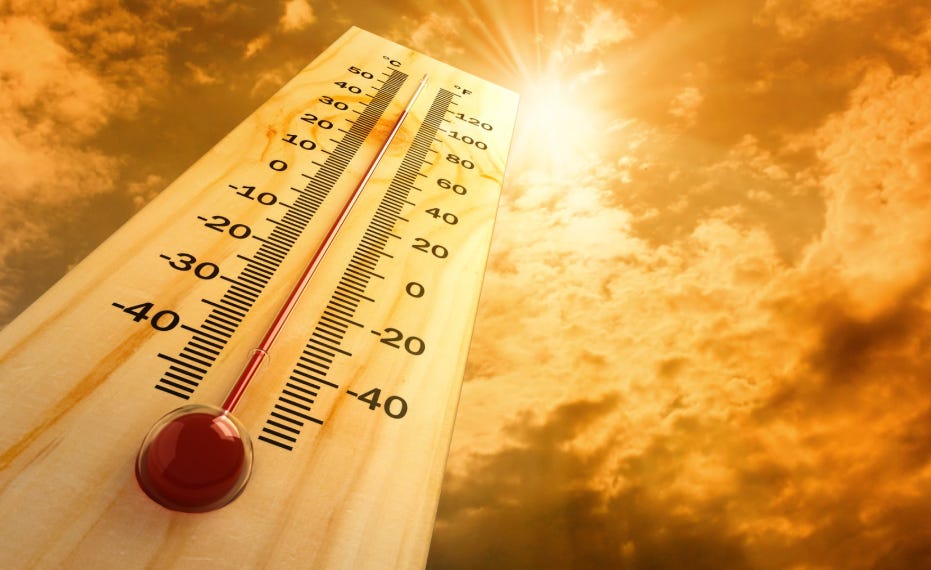I'm a Meteorologist. The Met Office Has Serious Questions to Answer Over the Accuracy of its Temperature Measurements
Instrument changes and urban growth cast major doubt on recent warming trends
In the 1990s and 2000s the Met Office gradually changed the way it measures the air temperature due to a process of automation, the primary purpose being to reduce costs. Human observers were largely replaced by machines which utilise platinum resistance thermometers (PRT) and data-loggers. This combination led to the possibility of reporting at a much greater frequency. This change has occurred across many other countries. Arguably, this change has had a measurable impact upon daily maximum and minimum temperature reports, which then feeds into longer-term climate reporting, although I am not aware of published research that has assessed the impact of this change (Chris Morrison has reported on this question recently).
We should note that PRT technology is not new — the instruments were invented in the late 19th century and advertised commercially in the very early 20th century. They are generally accurate and have a faster response time than the traditional mercury-in-glass (MiG) and ethanol-in-glass (EiG) thermometers. The glass thermometers contain an internal index to mark the daily extremes, which are read in the morning and evening. For decades PRTs were used alongside the glass thermometers for observing and climate purposes, with the glass thermometers largely responsible for recording the daily highs and lows.
Keep reading with a 7-day free trial
Subscribe to The Climate Skeptic to keep reading this post and get 7 days of free access to the full post archives.


